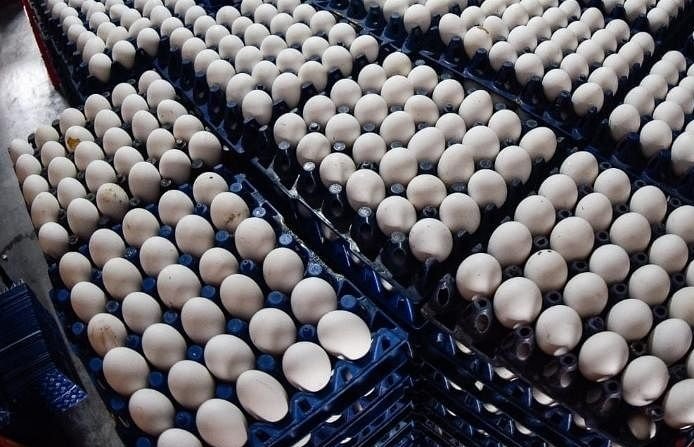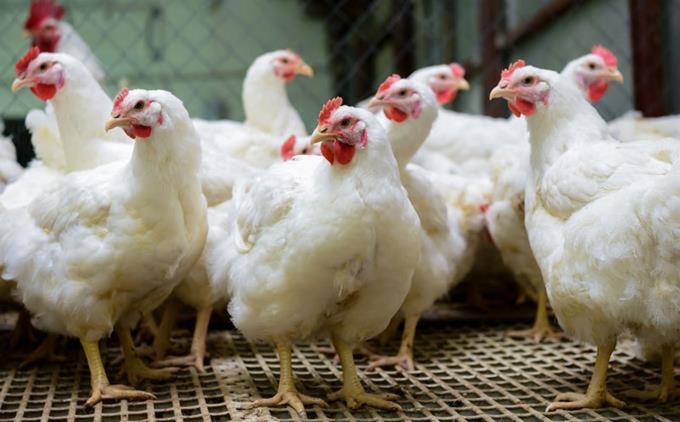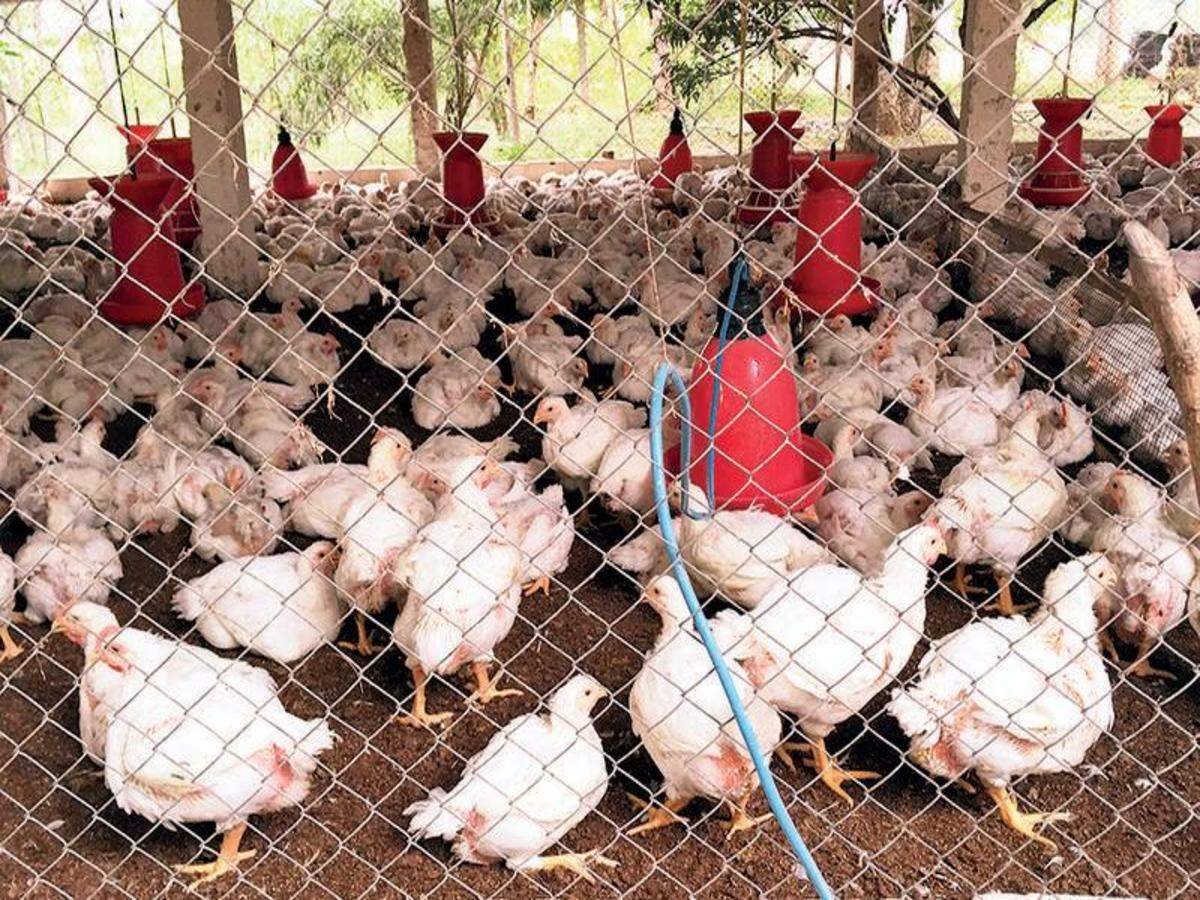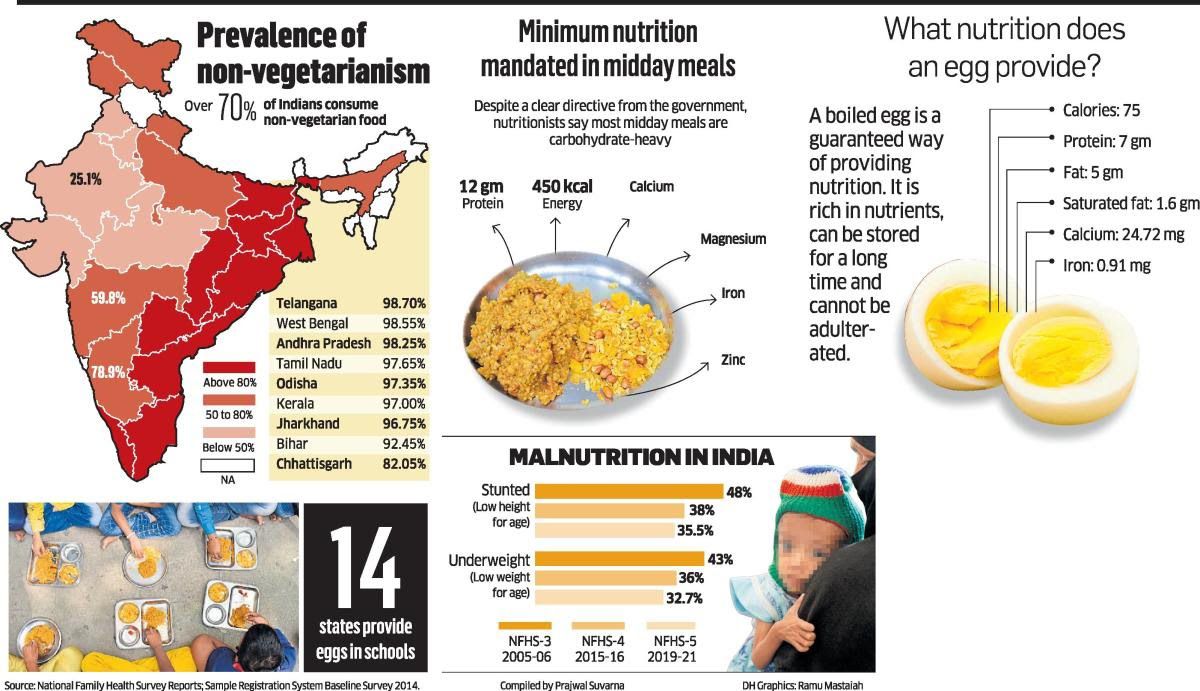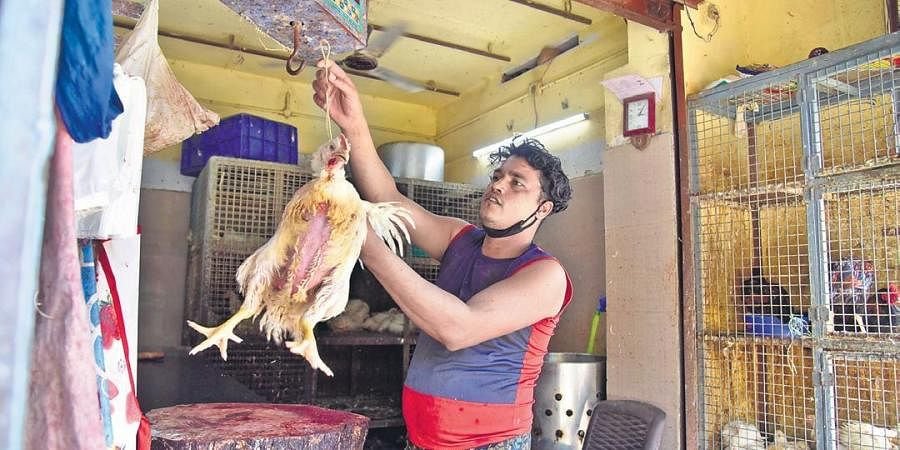Heat Stress
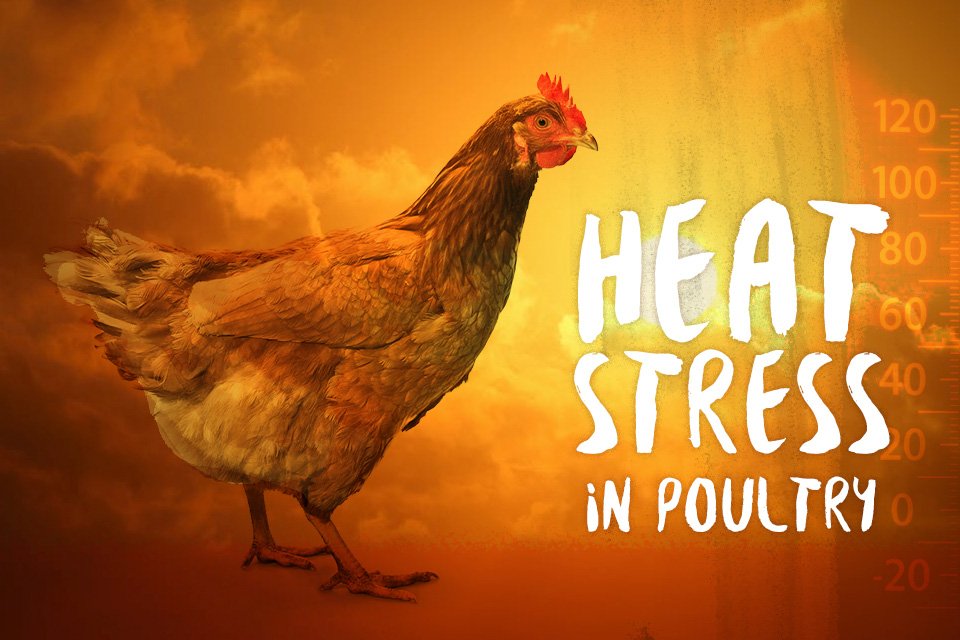
High shed temperature during summer season has a severe impact on poultry Performance. Production efficiency can be affected long before the temperature reaches to a level where survival becomes a concern.
Heat stress begins when ambient temperature reaches 32-350c and is readily apparent above 35-370c. At this point there may be slight reduction in the feed intake, as the temperature climbs beyond 370c the feed intake further reduces. As a result there is reduction in growth rate, egg size, egg production and shell quality also deteriorates. As the shed temperature continue to climb and reaches above 400 c, survival becomes a big concern
What is heat stroke?
Heat stroke is defined as a temperature of greater than 42 °C due to environmental heat exposure with lack of thermoregulation. This is distinct from a fever, where there is a physiological increase in the temperature set point of the body.
The bird has to loose (dissipate) heat from its body to reduce stress. So there are two methods by which bird looses its body heat.
1.Sensible heat loss: - The phenomena behind this loss are radiation, conduction and convection. This is because the heat radiations have a tendency to flow from higher temp to lower temp. So as the shed temperature in winter is lesser than the body temperature of the bird, the bird looses(dissipate) heat radiation in the surroundings.To compensate that heat loss, the feed intake of the bird increases.
Radiation -Heat losses are proportional to the temperature difference between the body and the surroundings. Thus, poorly insulated roofs increase house temperature and make heat stress worse in hot weather.
Convection - Heat loss will occur from the natural rise of warm air from around a hot body. It can be assisted by providing moving air but only if the air moves fast enough to break down the boundary layer of still air which surrounds the body.
Conduction - Conduction is relatively unimportant but heat will flow by direct surface to surface transfer.
2. Latent heat loss: - Latent heat is conversion of liquid form in to gaseous form. This type of heat loss comes to play when the climate temp. is very high as the shed temp keeps on increasing the body heat loss start shifting from sensible heat loss to latent heat loss. At this point of time bird starts panting and losses water from the epithelial layer of respiratory track. The body water directly converted in to vapors and this is how the bird dissipates its body heat through panting.
Panting & Physiological effects of panting.
Heat losses are very important at high temperatures. Poultry birds do not sweat, but they depend on panting to reduce the body temperature, and this is only effective if the humidity is not too high. Hot humid conditions are therefore much more stressful than hot dry conditions.
As explained earlier panting removes heat by evaporation of water from the body. As the bird starts panting vigorously, birds expels too much co2 from the body leading to respiratory alkalosis (because co2 is acidic in nature so higher loss renders to body fluids to alkaline). To counter this physiological changes in the body kidney starts flushing out electrolyte from the body. Potassium, sodium and chloride ions have a tendency to deplete at a very fast rate so it becomes very necessary to restore the electrolyte deficiency in the body. Sodium bi carbonate (meetha soda), ammonium chloride (naushadar) & potassium chloride can be given to meet the requirement (500 gms of per tonne can be given). Additional electrolytes through drinking water in the cool hours of the morning can be supplement through drinking water during extremely hot climate, particularly in younger birds.
Suggested alteration in feed formulation.
Nutritional changes in the feed along with change in management practices can minimize the heat stress losses in summers.
- Energy: - Energy intake is one of the most important factors during summer season. Because of higher climate temperature, bird needs lesser energy by 30 kcal per day but on the same time bird wants energy to dissipate body heat so net energy requirement is almost same. But as the shed temperature keeps on increasing the fed intake goes down.With each one-degree Celsius rise in temp, the feed intake fall by almost 2% and at 39 to 40 degree Celsius it falls by 5%, so this is the time farmer can add some oil in feed to increase feed density. As the oil have lesser heat increment & also feedstuff passes slowly through gut, so more nutrients can be absorbed. Oil also increases the palatability of feeds that can lead to increase in feed intake to some extent.( dose: 0.5 to 1% can be added ).
- Proteins: - Giving a high level of protein at a very high temperature can lead to heat prostration because heat increment of proteins is much more than carbohydrates and fats. So bird has to dissipate more body heat, which can lead to heat stoke. Maintaining ideal levels of essential amino acids (lysine & methonine) rather than increasing protein level is a much better option though.
- Calcium, Phosphorous: - High level of calcium in feed also reduce feed intake so optimum level of calcium is required. However top dressing of marble chips or shell grit during afternoon can be done to meet calcium requirement. The phosphorous levels in feed is also very important.Excessive level inhibits the release of bone calcium & the formation of calcium bicarbonate in shell gland thereby reducing the shell quality.
- Vitamins: - Additional supplementation of ascorbic acids (vitamin c), vitamin A, E, d3 & thiamine can improve bird’s performance during high shed temperatures. However, vitamins have a tendency to loose their activity at high shed conditions . Rancid fats, moisture, trace minerals & choline speeds up the devaluation of vitamins, so should be added separately or coated vitamins should be used along with proper storage. Vitamin C helps to control the body temperature & Plasma corticosterone concentration hence decreases stress level of birds. It also improves shell quality due to role of formation shell organic matrix. It also protects immune system. Additional supplementation of 200 – 600 Gms per kg diet is required during hot climate.
- Vitamin A: - absorption at high temp. goes down so three fold vitamin supplementation can be given.
- Vitamin E: - It protects cell membranes & boost immune response so additional dietary supplementation is required.
- Vitamin D3:- Heat stress interferes with conversion of vitamin D3 to metabolic active form which in turn is responsible for production of calcium binding proteins & also essential for calcium & phosphorous homeostasis’s
Techniques to reduce losses during hot climates
1. Water dropping system on side curtains can be installed to reduce the temperature of hot air across the shed. Once the air temperature goes down, birds will dissipate more heat from the body & chances of heat prostration will reduce.
2. Fans along with the foggers can be installed to increase the airflow inside sheds particularly in hot & humid climates. Fans should also be kept switched on during night hours so that bird loose extra body heat & get ready for the next day challenge.
3. A layer of Thatch or Zinc paint can be provided on the roof to avoid heating of roof.
4. Fresh & cool water should be provided particularly during hot hours of daytime.
5. Feeding during hot hours should be avoided because that will lead to production of heat in the body hence heat prostration will occur. So feeding during morning & evening time is suggested.
6. Grass can be cultivated in between the sheds to reduce reflection of radiations.
Advice for the upcoming Farmers
As the land price are very high these days particularly, people trying to have a maximum laying capacity in a given area compromising with the comfort level of the birds.
As a new farms with four row sheds, six to seven birds per cage are coming, the comfort level of the bird is compromised in terms of lesser feed space and more number of birds per unit area. Sheds with 4-5 birds per cage are much better in this regard.
The height of the sheds particularly in four row sheds should not be less than 12feet. Also the gap between the two rows should not be less than 4.5 ft to 5 ft. The gap in-between the sheds should not be less than 55 to 60 ft.
In these types of sheds bird remain much comfortable because of following reasons.
- Lesser number of birds per unit area will have low temperature of the shed.
- Effect of heat radiation generated by heated building sheds during hot climate will be much lesser. Suspactibilty to diseases also decreases.
The above mentioned facts are general in nature, but every farmer should consult the consultants for better results.


